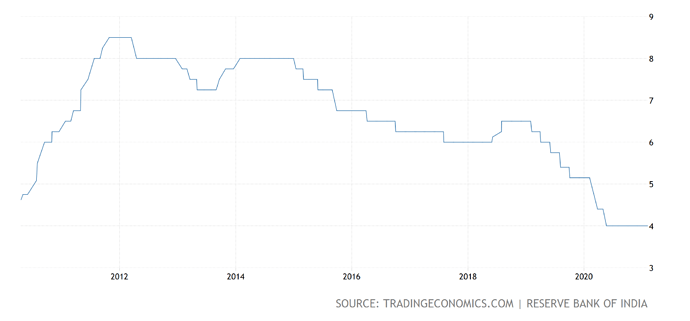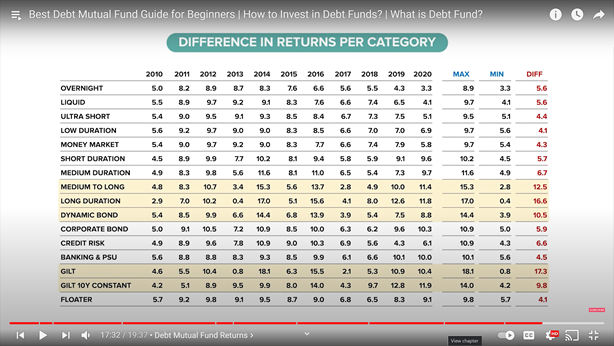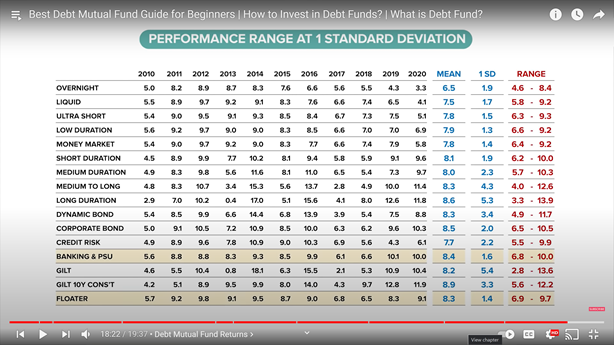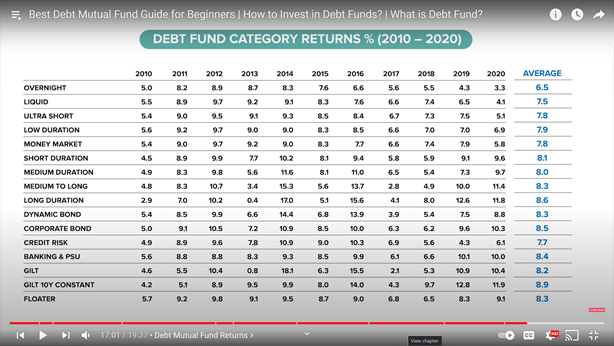What you’re looking for is getting maximum returns by risking/doing very little to get those returns… Unfortunately, LAZY RETURNS ARE HISTORY my brother.
There are no more high returns for people with low risk appetite. Easy returns with low risk are history. Bonds, NCDs, Fixed Deposits etc can be part of a larger portfolio but not the centre of the dish. By the way, Banks can collapse too, so can their FDs, Debt funds can collapse, Govt companies can also collapse, but I’m sure you know that already.
Today, not taking on risk, is the highest risk you could take.
The only way to get better returns now is by doing more with your time in addition to taking on more risk. No other way. And sticking to this for the ‘long term’.
D.I.V.E.R.S.I.F.Y.
Start a small business
Own a farm (could be big or small) and knowing how to grow your own food
Learn a skill that makes a side income eg Yoga, Baking etc (and then further investing this side income)
Gold & Silver (more physical, less digital, less ETF)
Commercial real estate (eg warehousing)
Stocks and MF (SIPs are overrated, patience to buy when the markets collapse is underrated. Best is SIP but keep chunk aside for investing when the markets collapse)
A very little bit in assets that seem absurd in the beginning but gives disproportionate returns in the future (eg Crypto, NFT)
A little bit in tax efficient ULIP (Btw ULIPs are not risk free/‘guaranteed’ as advisors say. What happens if the Bonds bought by the fund manager collapse?)
And of course a little bit in fixed income instruments, are the way to go.
And giving them all ‘TIME’.
All of these require dedicated research and maybe also hiring an expert. But doing own research very important.
As for bonds, fixed income… RBI bonds give 7+ interest. It’s floating but rates may begin to move up so it should move up higher too. Some other Govt schemes have 6%+ interest rate as well. Just that they come in with a lock-in period. RBI bonds have a 7 year lock in, you can research the Govt schemes, it’s easy (Kisaan Vikas Patra, PPF, EPF, VPF etc). You can also go for bonds of govt companies. But the returns of all of these aren’t as high as you would want. And risks exist, even if negligible.
However, I would advise you to do a little research about each asset class and see how it works best for you, and not just stick to Bonds and NCDs.
The Governments of the world have gotten into printing money as a quick fix to everything. This will not work out well for people who refuse to move on from Bonds, FDs and NCDs. A keeping a small amount aside in the bank or fixed instruments is fine and useful in times of emergencies or to capitalise on investment opportunities (eg stock market collapse of March 2020), but not a good survival strategy.





